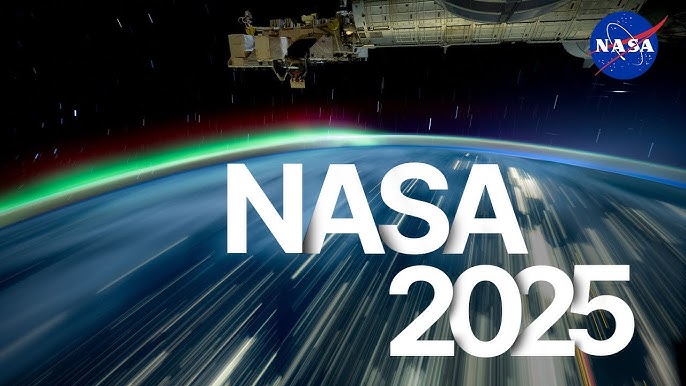Now Reading: NASA’s EZIE Mission: Unlocking the Secrets of Electrojets to Predict Space Weather
-
01
NASA’s EZIE Mission: Unlocking the Secrets of Electrojets to Predict Space Weather
NASA’s EZIE Mission: Unlocking the Secrets of Electrojets to Predict Space Weather

NASA is gearing up for the launch of its groundbreaking Electrojet Zeeman Imaging Explorer (EZIE) mission in March 2025. This mission aims to study electrojets—powerful electrical currents that flow through the Earth’s upper atmosphere, particularly around the poles. These currents, carrying up to a million amps per second, significantly impact space weather, affecting satellites, communication systems, power grids, and astronaut safety.
Why is the EZIE Mission Important?
Space weather can disrupt everyday life by interfering with GPS signals, radio communications, and even electricity grids on Earth. Understanding electrojets is essential for predicting space weather more accurately and mitigating potential disruptions.

How Will EZIE Study Electrojets?
The EZIE mission will deploy three CubeSats, each about the size of a carry-on suitcase, to fly in formation from pole to pole at an altitude of 550 kilometers above Earth. These CubeSats will observe electrojets in the ionosphere, which lies about 100 kilometers above the Earth’s surface.
Using an advanced technique based on the Zeeman effect, EZIE’s CubeSats will measure microwave emissions from oxygen molecules affected by the electrojets’ magnetic fields. Each CubeSat is equipped with a Microwave Electrojet Magnetogram to analyze these magnetic fields. This innovative approach allows scientists to map and study electrojets in greater detail than ever before.
A Game-Changing Mission in Space Science
According to Sam Yee, principal investigator at Johns Hopkins Applied Physics Laboratory (APL), the EZIE mission is a “game-changer” in studying a region of space that is too high for balloons but too low for conventional satellites. The mission utilizes miniaturized technology developed at NASA’s Jet Propulsion Laboratory (JPL), previously used in missions like TEMPEST-D and CubeRRT.
Citizen Scientists Will Play a Role
NASA is encouraging public participation by distributing EZIE-Mag magnetometer kits to students and volunteers worldwide. These citizen scientists will collect magnetic field data from the ground, which will be compared with EZIE’s spacecraft measurements to enhance the research.
Launch and Collaboration
The EZIE CubeSats will launch aboard a SpaceX Falcon 9 rocket from Vandenberg Space Force Base in California as part of the Transporter-13 rideshare mission. The timing aligns with the solar maximum phase of the 11-year solar cycle, ensuring that scientists can observe electrojets at their most active.
EZIE is part of NASA’s Heliophysics Division, working alongside other missions like PUNCH (Polarimeter to Unify the Corona and Heliosphere), which will launch in February 2025 to study the Sun’s outer atmosphere and solar wind. The mission is managed by NASA’s Explorers Program Office at Goddard, with CubeSats built by Blue Canyon Technologies in Colorado.
Conclusion
NASA’s EZIE mission is a cost-effective, innovative step toward better understanding space weather and its effects on Earth. By leveraging small satellite technology, NASA is pushing the limits of what’s possible in heliophysics research. This mission not only strengthens our knowledge of Earth’s magnetic environment but also plays a crucial role in protecting infrastructure from space weather disturbances.











